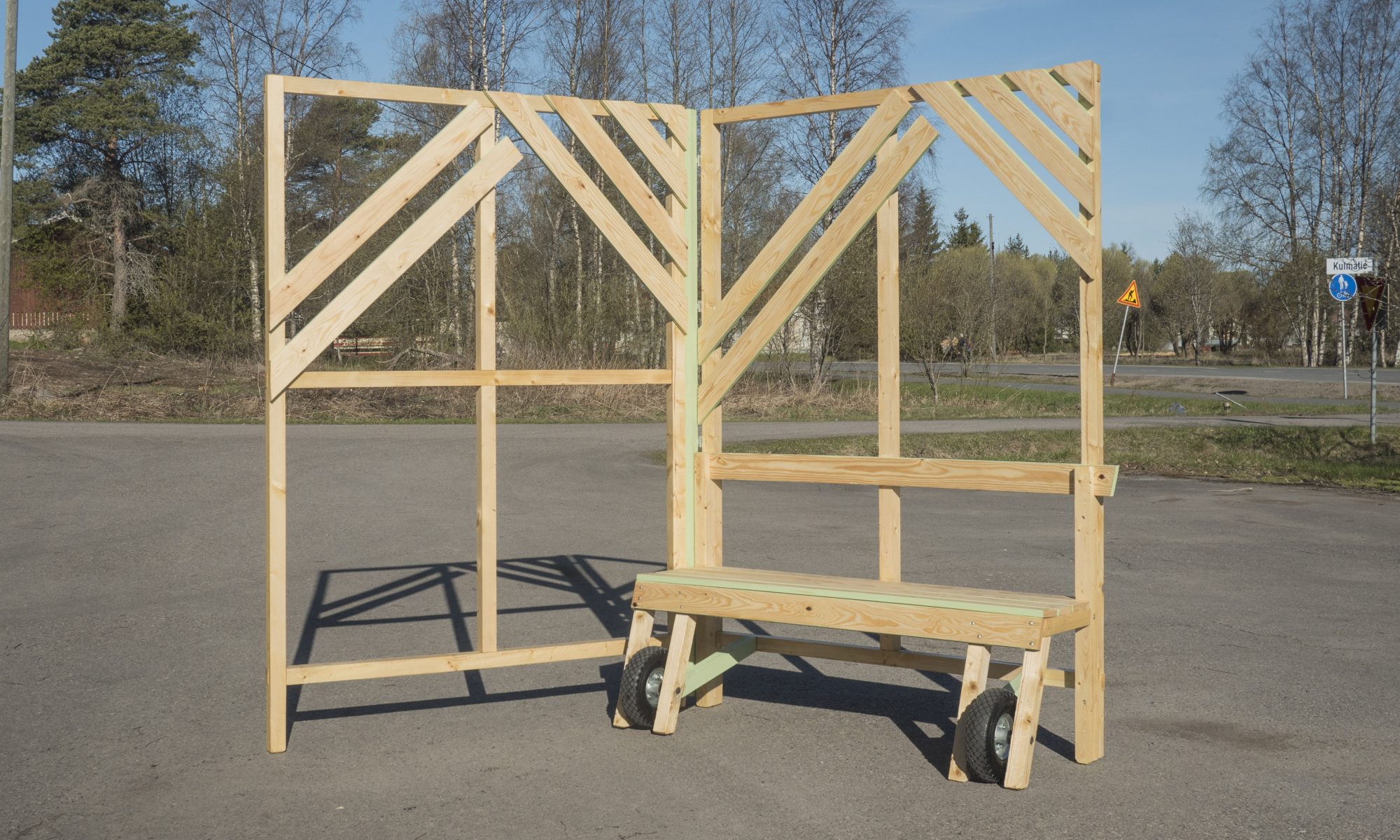Hevoslinja on kääntynyt Aalto yliopistolla suoritettavaksi taiteelliseksi tutkimukseksi. Alta löytyvä teksti on kirjoitettu apurahahakemukseksi Koneen säätiölle ja samanmoista tekstiä tullaan käyttämään myös tulevissa hakemuksissa. Aikaisemmat Hevoslinja kirjoitukset suomeksi löytyvät asiasanalla Hevoslinja ja jatkossa kirjoituksia tehdään pääsääntöisesti englanniksi asiasanalla Trans-Horse. Alta löytyvä teksti pohjautuu 2018 laadittuun Hevonen ja esiintyminen suunnitelmaan. Työ on vasta aluillaan.
Hevonen ja rakennettu ympäristö
Monet ovat kääntyneet tekoälyjen ja ihmisasiantuntijayhteisöjen puoleen tuottaakseen ehdotuksia sille, miten ympäristöä olisi kehitettävä, jotta voisimme tukea ekologisesti ja taloudellisesti kestävän (tai edes vähemmän väkivaltaisen) kulttuurin muodostumista. Tutkimukseni osoittaa nämä kysymykset hevoselle. Hevonen on varteenotettava kumppani tulevaisuutta koskevassa pohdinnassa. Se on osallistunut lukuisten modernien kaupunkien rakennustyöhön ja vaikuttaa nykykulttuuriin taiteen, urheilu-esitysten sekä tekemänsä sosiaalipedagogisen työn kautta. Suomen 170 000 hevosharrastajaa, uutterasti palvelevat 75 000 hevosta tarjoavat ihmisille elävöittäviä kokemuksia (Leinonen, 2013). Ensimmäistä kertaa historiassa osa meistä voi valita elävänsä vailla eläinsuhteita – mutta mitä itsenäisempiä kuvittelemme olevamme sitä haitallisempaa toimiemme vaikutus on ympäristölle. Posthumanismi on “monialainen ja -monihaarainen teoreettinen suuntaus” (Kokkonen, 2017). Siihen liittyvät yhtäaikaisesti ihmiskehon biologisia rajoja vastustavat trans-humanistiset pyrinnöt sekä globaalin pohjoisen tuottaman humanistisen maailmankuvan kritiikki. Taideyhteyksissä posthumanistisilla lähestymistavoilla markkeerataan usein teoksia, jotka pyrkivät osoittamaan ihmiskeskeisten mallien ongelmallisuuden. Tässä tutkimuksessa esitellyllä posthumanistisella työotteella tarkoitetaan eläinten älyn tunnustamista ja yritystä soveltaa tätä älyä suunnittelutyön tukena. Tutkimus luo väyliä (harjoitteita, taidekokemuksia ja tekstejä), joiden avulla ihmisen ulkopuolisen älyn kanssa voidaan neuvotella ja hyödyntää näin saatua palautetta käytännössä.
Continue reading “Hevonen ja rakennettu ympäristö taiteellisena tutkimuksena”

